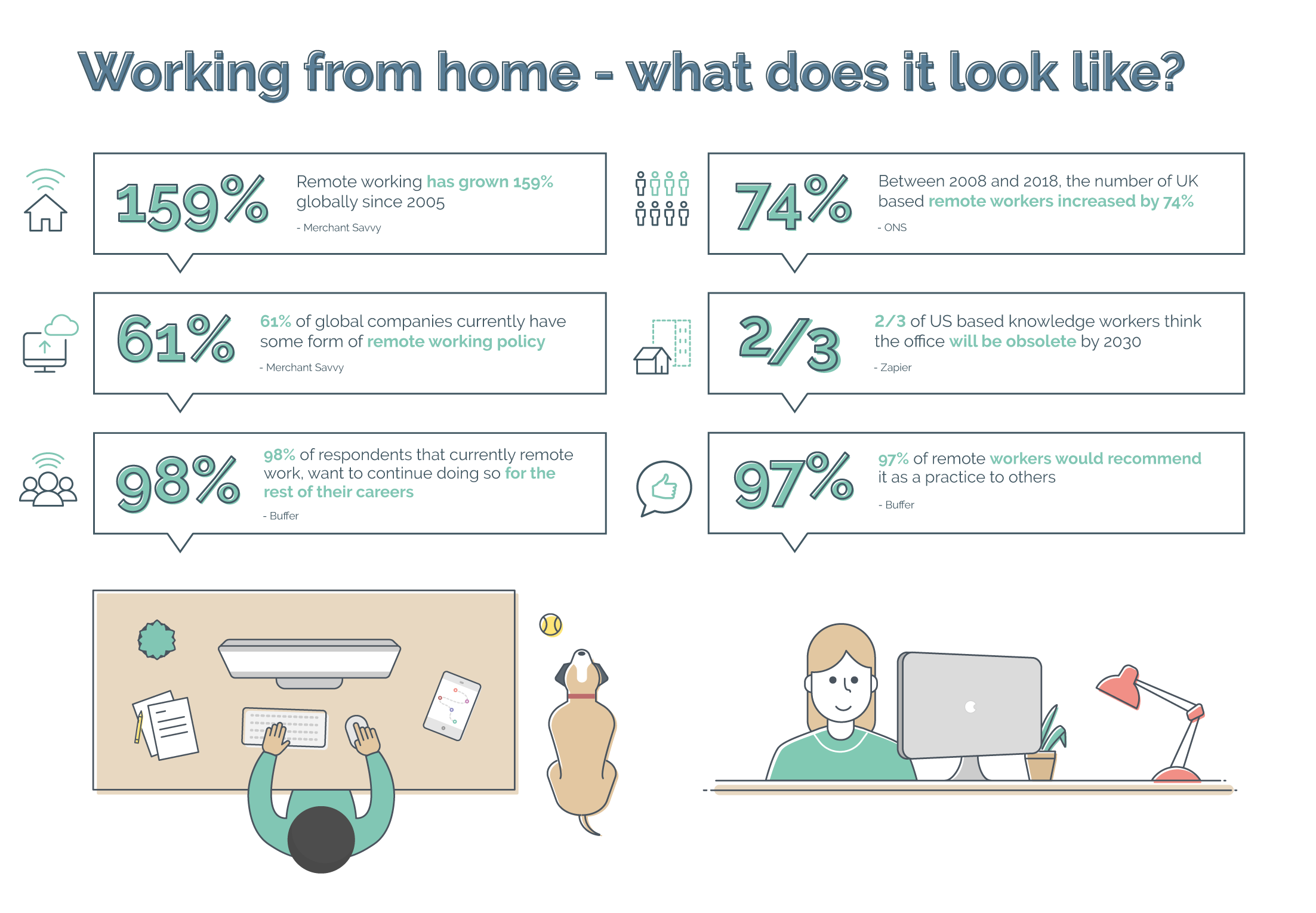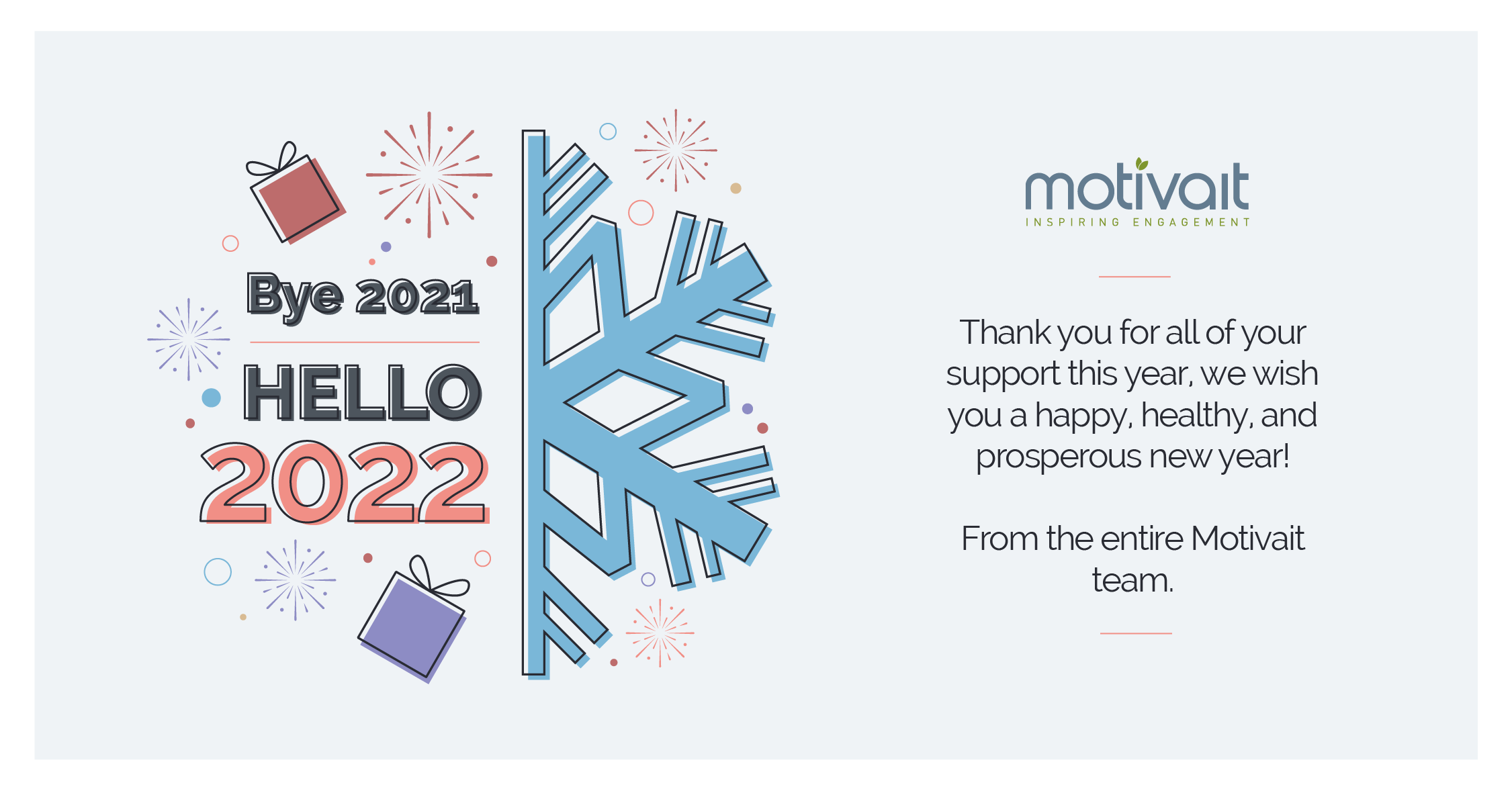A Two-Way Street
Lack of engagement in the workplace is an issue that isn’t going anywhere, any time soon. Everyone has days where they hit the brick wall or count the seconds on the clock until they leave; but the problem is when those days become the norm. Every year more research and statistics come out and cause concern as they reveal how the majority of employees feel unengaged at work, how even engaged individuals are at risk of burnout, and how just measuring levels isn’t actually helping anyone.
It was interesting to see in the recent NYT Smarter Living piece ‘Feeling Uninspired at Work?’ that the advice focussed on the individuals and employees: take some time to refresh your mind, send the email you’ve been meaning to send, find a way to tick something off your to-do list no matter how small. All positive ways to give yourself a sense of progress or accomplishment. That said, the achievements end up benefitting the employer as much as the employee. Which brings up another common frustration. The responsibility can’t always be on the individual to restart their motivation generator. Employers can also be providing the right tools and environment to make engagement in the workplace a possibility and a reality, rather than “something that would be nice to have”.
Employees today have endless distractions and opportunities just a click away, and in many cases face outdated management styles and frameworks that stifle motivation. Left unaddressed, disaffection, detachment and disillusionment are huge blockers for any company trying to roll out new objectives, embed values and culture, or retain talent. So, what do you do? Offer Taco Tuesdays for everyone? Redesign the office space to include more plants and natural light? Provide ping-pong tables? These are fine ideas and they can work as rewards, but they don’t move the engagement dial in the long term as they don’t address the root of the challenge – how to engage people in the uninspiring everyday processes or procedures they have to do.
No companies truly want their employees to be miserable. More than ever before organisations today are under pressure to craft modern, appealing offerings for employees, that stand out from the competition – attracting new exciting talent, developing employees into the best they can be, enabling the right work/life balance, supporting meaningful causes, offering more opportunities… It’s a lot to promise and consistently deliver. Where do you even begin?
Enhancing the Every Day
We define engagement as an emotional and psychological attachment people have to a brand, product, idea or organisation. The feeling of trust you have towards a cosmetic brand because you like their ethics, their marketing, and the fact you can see results (albeit small) after using their products. Because of how they make you feel, you keep buying from them again.
So, in order to foster engagement in any environment, you need to start with the people. Understand their drives, their motivations, what they enjoy and what their pain points might be. Once you can better empathise with them, you will be in a much stronger position to work on impactful and meaningful engagement solutions. If your employees feel that you understand their needs and that your programmes empower them, rather than further complicate their day, they’ll then be more willing to adopt new approaches.
A lot of the work we do at Motivait comes down to helping companies enhance the experience of a specific area or process. A more exciting onboarding process, redesigning manager training and development, driving teamwork and collaboration. We use RAMP theory as a core part of our solution design process to encourage intrinsic engagement – a drive that comes from within – as this is what helps turn passive individuals into active participants. When their sense of Relatedness, Autonomy, Mastery and/or Purpose are reinforced, people willingly take part in specific activities and work towards objectives because they want to, rather than feel they have to.
More often than not, small changes that then add up to a larger impact over time is the best starting place. Seeing progression is important, much like the NYT article referred to when suggesting ticking off items of a to-do list. What is even more powerful is having the acknowledgment or encouragement come from colleagues or managers, rather than always being self-generated.
Simply developing mechanisms for positive feedback when tasks are usefully achieved can improve people’s motivation to continue. Creating an environment where employees can see the corporate values in action, rather than just listing abstract concepts, through champions and leaders leading by example. An engaged workforce will be more open to collaborating, committing, and representing, once they understand the reciprocity and value to their contribution in the greater scheme of the organisation.
Solutions and practices that reinforce the idea “we want to make your experiences with us better!” are all it takes to start shifting perceptions. Once they take root, they can then become vehicles for promoting and influencing desired behaviours and be a step closer to achieving company objectives, values and culture you’ve set out for success.









